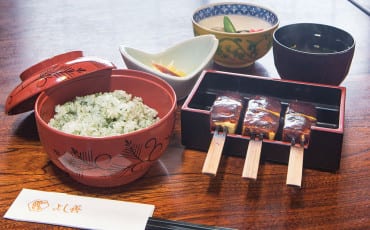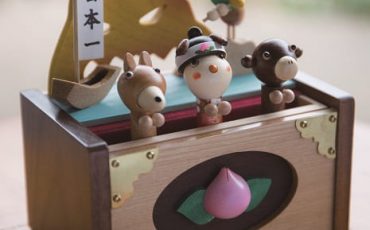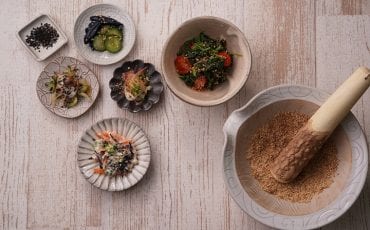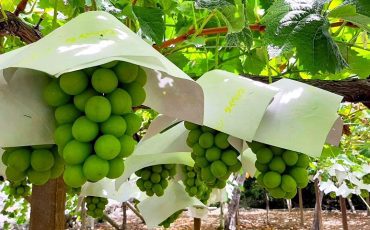Articles
Features
Meet The People of Northern Hokkaido
Hideo Morita, Mayor of Horokanai Town
As the leader of the “City of Soba”, Hideo Morita truly walks the talk, having successfully achieved the status of “5 Dan Soba Master”. He shares with us his plans for Horokanai Town.
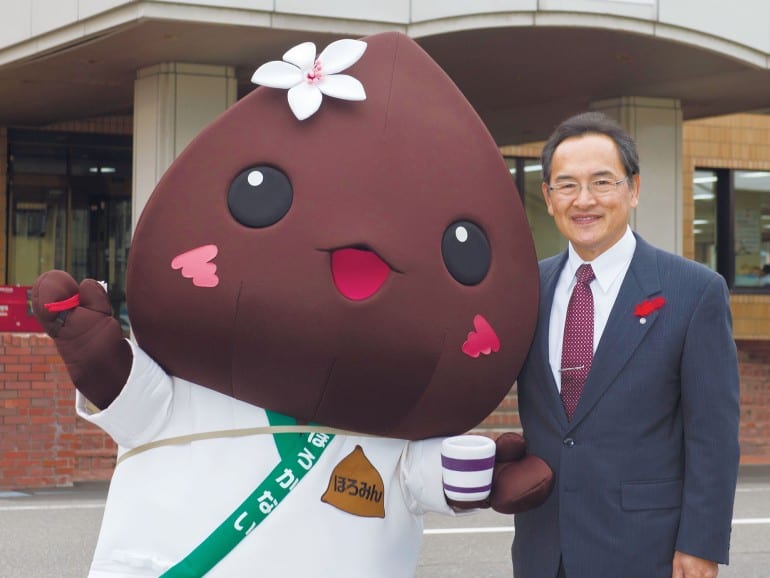
Tell us more about the Soba Festival.
The festival is traditionally held during the first weekend of September to commemorate the first buckwheat harvest of the year. More than 30 soba producers and soba shops from Horokanai and across Japan take part in this festival. Visitors get to sample many different types of soba as well as discover interesting soba-related paraphernalia.
In 2013, we celebrated our 50th anniversary of soba production and as part of the celebration, we invited participants from other countries that also consume buckwheat noodles to demonstrate how they cook and eat buckwheat noodles in their own country.
At this year’s festival, we invited various soba wholesalers and restaurant owners to try the soba from Horokanai. We also came up with alternative food items — that were also made using buckwheat flour — such as crepes and Dango (Japanese sweet dumpling).
What are your thoughts of foreigners visiting the city to learn soba-making?
Everybody is welcome to visit Horokanai! In fact, we’re improving our infrastructure so as to welcome more visitors. I’ll love for people to visit during summertime because our buckwheat fields are especially beautiful then.
What are some of the upcoming plans to extend Horokanai’s influence as the “City of Soba”?
We are building a new cold storage system to ensure the soba stays as fresh as possible. In addition, plans are underway to improve the quality of soil in our buckwheat fields. We have also increased our media appearances across the country so as to raise awareness of Horokanai being trustworthy producers of high-quality soba.
Tomeo Kumagai & Katsuhiro Hasegawa, Biei JA
(Japan Agricultural Cooperatives)
JA (Japan Agricultural Cooperatives) is a national organisation of farmers. We speak to the Biei representatives to find out the challenges and opportunities faced by the agriculture sector.
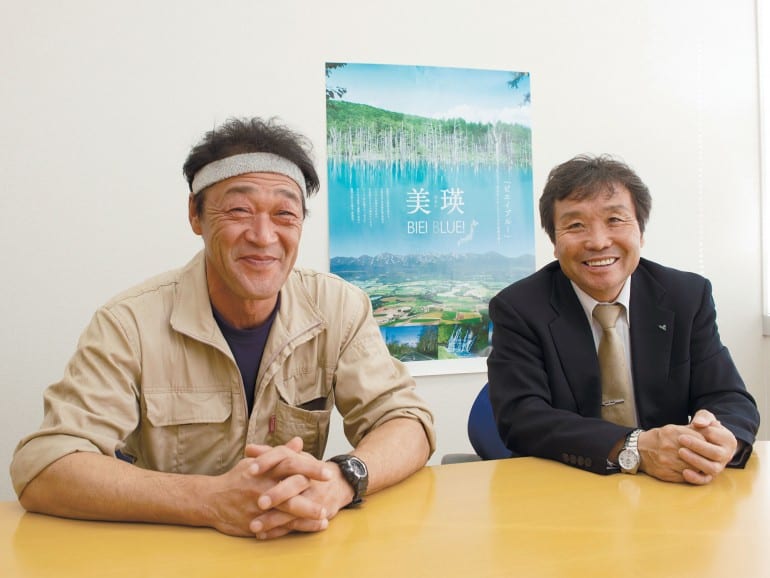
Tell us about some of the challenges the association has to deal with.
There’s a constant need to strike a balance between the amount of rice we produce and the size of our fields. While we want to increase output, we don’t want to run into wastage. Another challenge we face is finding ways to cultivate more profitable crops such as tomatoes and onions as we hope to export our produce to other countries such as Singapore and Taiwan.
What sort of support does JA provide to the farmers in Biei?
We upgrade our infrastructure regularly so as to improve production. For example, we’re building more greenhouses to increase the production of tomatoes. Recently, we also built a large-scale facility to store potatoes as well as purchased a sophisticated onion-peeling system.
What are some of the best-known agricultural products from Biei?
Although we are still fairly new to rice production, we’ve consistently won the award for “Best Rice Quality” over the past 10 years. I believe it’s due to our climate (stark temperature contrasts between night and day) and clean, cold water from the mountains. The melons from Biei are also much sweeter than those from other parts of Japan.
(TEXT VANESSA TAI PHOTOGRAPHY SHIGERU YUYAMA)
>>Read more about Northern Hokkaido & Sapporo Food
>>Read more about Northern Hokkaido & Sapporo Sightseeing





